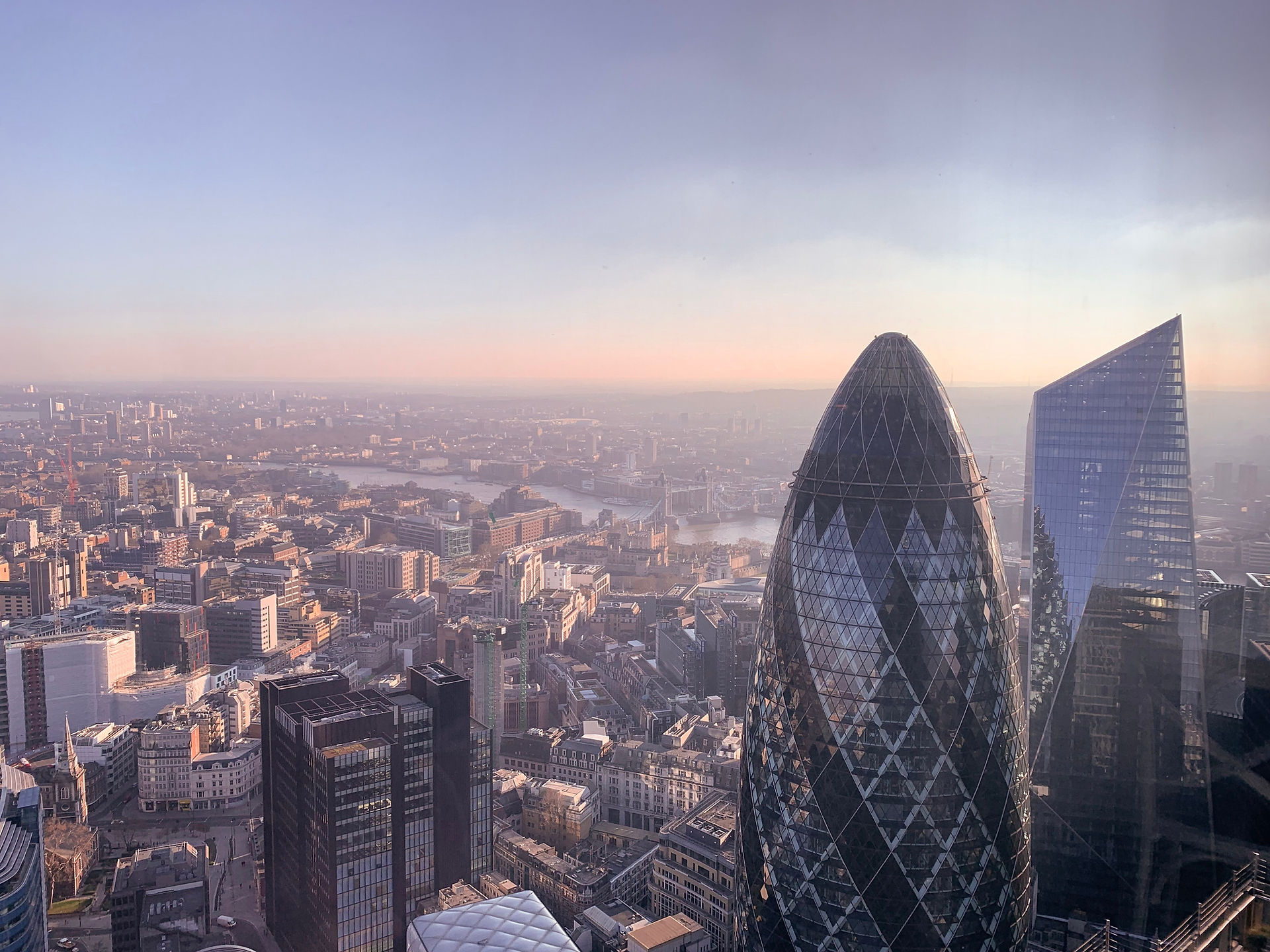Backflow Incident
- Piotr Leszkiewicz

- Jul 15, 2021
- 2 min read
Updated: May 16, 2023
Water Quality and Backflow Protection - This could easily happen in your building!

A primary school complained to their local water supplier of warm and discoloured water coming out of their playground drinking fountains. The water supplier requested for their water inspectors to inspect and investigate the cause. Upon arrival, the inspector confirmed that the drinking water was discoloured and decided to investigate this further. A full inspection of the schools plumbing system was completed and water samples were taken for analysis. The water temperature at the fountain was checked and recorded temperature in excess of 57⁰C (⚠️ high enough to cause injury) as opposed to maximum 20⁰C.
The schools initial assessment had assumed that the discolouration and warm water might be due to old galvanised iron pipework, lack of insulation and heat transfer from the hot pipework installed in close proximity. Sure enough, this could be the possible cause but the inspector was suspecting this could be something even more serious due to such high temperature. After in-depth investigation of the water system, he discovered permanent cross-connection (filling loop) between the drinking water supply and the heating system.

The absence of an appropriate backflow protection device allowed heavily contaminated heating system water back pressure into the cold water system, contaminating the school’s drinking water supply.
Immediate action was taken to remedy the contraventions and it was extremely fortunate that children did not suffer scalding or illness during this event.
What you need to do to protect your drinking water system from such contamination:
All commercial primary heating/chilling systems are considered to be a fluid category 4 (CAT4) risk and, subject to a risk assessment, a fluid category 3 (CAT3) filling loop can only ever be used in specific circumstances. Where the assessment permits the use of a filling loop, the installation requirements are such that:
an isolation valve and double check valve be installed on the drinking water supply;
a second isolation valve is located on the heating circuit at the top-up/filling point; and
the connecting loop or pipe is only to be connected when the system requires to be topped up, and must be removed immediately after use.
ONLY USE COMPETENT PLUMBERS!
If you are responsible for managing Health and Safety within your premises, you must be aware of the requirements of the regulations and their role in protecting public health. It is a legal requirement to notify changes or alterations to plumbing systems in many circumstances. It is recommended that an approved contractor, such as a WaterSafe plumber, is used to carry out all plumbing works within your premises. In addition, a pre-commissioning cleaning and disinfection certificate should be issued by the contractor. This will provide a defence should a water supplier query the work.
It is also recommended that the Water Supply (Water Fitting) Regulations requirements are embedded in your maintenance procedures and protocols to ensure of ongoing compliance. If you are unsure about your system or need further advice contact us and one of our water safety consultants will be able to help you.












































Comments